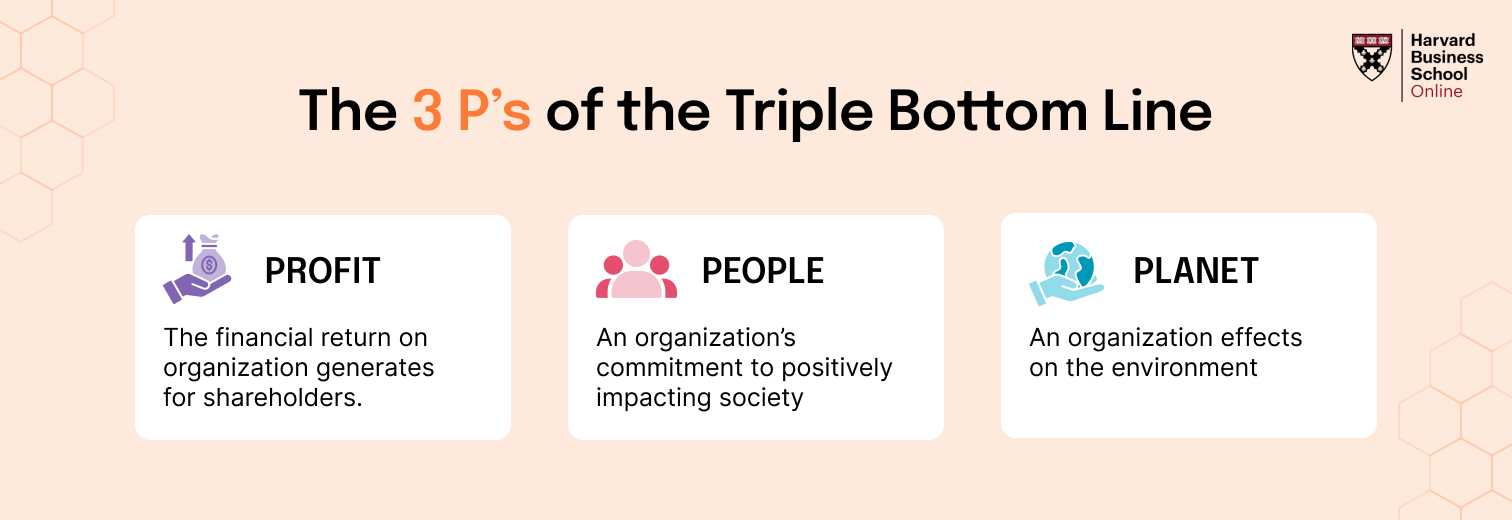One of the most rewarding parts of my work is observing how different leaders interact with their teams. Whether it’s in a workshop, a strategy session, or even during casual conversations, I’ve had a front-row seat to a wide range of leadership styles. Some of these leaders are inspiring to watch. Their confidence, humility, and empathy create an environment where people flourish.
And then there are others.
I do not mean to sound harsh. Many of these leaders are still learning and growing into their roles. But over time, I have noticed a few recurring patterns. These are simple mistakes that even well-intentioned leaders often make. The good news is that most of them are completely avoidable with a little awareness.
Here are four common leadership mistakes I have seen up close. I have made some of these myself. I hope by sharing them, you can reflect, recalibrate, and grow as a leader.
1. Saying One Thing, Doing Another
Table of Contents
This might be the most common leadership mistake of all. It happens when a leader’s words and actions do not align. I am not talking about big, strategic decisions. I am referring to the subtle behaviors that often go unnoticed by the person in charge but are absolutely noticed by everyone else.
Let me explain with an example.
At one of our leadership development workshops, a leader began with a rousing speech about how everyone was equal, how titles did not matter, and how collaboration was key. It was the kind of message that usually sets the tone beautifully. But once the workshop began, this same leader sat out of most of the activities. There was no explanation and no visible engagement. His team, meanwhile, dived in.
The contradiction was glaring. Whether he meant to or not, the message that landed was, “This is important for you, but not for me.”
As leaders, we often forget the power of our non-verbal cues. But our teams are watching. Every skipped meeting, delayed reply, or half-hearted participation sends a message. When our behavior contradicts our message, trust begins to erode.
Workplace takeaway: If you talk about collaboration, be the first to collaborate. If you speak of innovation, support bold ideas. Your actions will always speak louder than your strategy decks.
2. Putting “I” Before “We”
Leadership is not about the spotlight. It is about shining the light on others. But it is easy to forget that when we are trying to prove our own capability, especially early in a leadership role.
I once read an interview with a senior executive where every achievement was framed in the first person. “I led the initiative.” “I turned the business around.” “I made the decision.” There were barely any mentions of “we,” let alone the team behind the results.
A few months later, that executive was quietly replaced.
This is not about grammar. It is about mindset.
During many of our team-building engagements, I notice a familiar pattern. We assign tasks to a group, and almost instantly, the group turns to the leader for direction. That is understandable. What is less encouraging is when the leader becomes the sole source of all ideas and instructions. Instead of drawing on the group’s strength, they position themselves as the only solution.
The result is a disengaged team and a fatigued leader.
How I’ve approached this
My most fulfilling leadership moments have come when I stepped back and let someone else shine. Whether it was encouraging a quieter team member to present an idea or simply resisting the urge to jump in with a solution, I have learned that empowerment is more valuable than control.
It is tempting to lead from the front. But sometimes, the real strength lies in leading from within the group or even from behind.
Workplace takeaway: Next time your team succeeds, count how many times you say “we” instead of “I.” Leadership is about creating other leaders, not fans.
3. Losing Sight of the Big Picture
When we conduct experiential team workshops, we often split participants into smaller groups for activities. Almost instantly, a competitive spirit kicks in. It becomes “us versus them.” People begin to focus on their small team’s success and forget the broader goal of collaboration.
Sound familiar? It is exactly what happens in many organisations.
Marketing versus Sales. Operations versus Customer Support. The silos grow deep and the collaboration suffers.
Whose job is it to break this pattern? The leader’s.
I once worked with a leader who handled this brilliantly. Instead of participating directly in the activities, he moved between the groups and observed. Every time a silo mentality emerged, he gently but firmly asked, “How many teams are there here?” It was a simple but powerful reminder. Slowly, people began to think beyond their own groups and align toward a shared goal.
That session turned out to be one of the most productive we have seen. The reason was clear. The leader reminded the team of the big picture, again and again.
My own learning
In the daily rush of meetings, deliverables, and dashboards, it is easy to zoom in too close. But as leaders, our job is to zoom out just as often. We have to help our teams connect the dots. We must show them the connection between departments, short-term goals, long-term vision, and personal purpose.
Programs like Strategic Thinking help leaders develop this ability. They offer structured methods to reflect and reframe decisions in a way that aligns everyone with the bigger picture.
Workplace takeaway: Do not assume your team sees the big picture. Paint it for them. And repaint it often.
4. Choosing Popularity Over Principle
Let us be honest. We all want to be liked. There is nothing wrong with wanting to be appreciated or respected by your team. But the danger arises when being liked becomes more important than being effective.
I have seen this play out firsthand.
During one of our workshops, a group of participants asked the leader if they could open beers before the final activity. It had been a long day, the mood was light, and the leader, wanting to keep things relaxed, agreed.
The result? The workshop lost momentum. The activity flopped. And most importantly, a learning opportunity was lost.
Now, I am not saying leaders need to be rigid or joyless. But leadership comes with tough calls. Sometimes it means being the unpopular voice in the room. It means protecting the team’s long-term growth even if it means saying no to short-term fun.
My own fork-in-the-road moment
There was a time when I hesitated to give tough feedback because I did not want to seem harsh. But I have learned that clarity is kindness. Letting someone stay in the dark about a growth area is far less compassionate than addressing it with honesty and care.
It is not always easy. But over time, people respect you for it. Because deep down, we all crave structure, direction, and accountability, even if we resist it in the moment.
Workplace takeaway: Your job is not to win popularity contests. It is to create a culture where people can grow, even when it is uncomfortable.
Why These Mistakes Matter More Than Ever
In a post-pandemic world, leadership is evolving. We are no longer just managing tasks. We are managing transitions, motivation, wellness, and hybrid realities. The pressure to adapt and connect is constant. And in that pressure, these four mistakes can quietly creep in.
But here is the hopeful part.
Each one of these mistakes can be fixed. Sometimes, awareness is all it takes. Other times, it may take a feedback loop or some guidance. The key is to stay open.
Leadership does not demand perfection. It asks for presence, humility, and a willingness to learn.
A Few Closing Thoughts from Experience
Over the years, I have seen leaders transform. I have seen someone go from micromanaging to empowering within a few months. I have seen another shift from “I” to “we” after just one honest conversation. I have seen teams thrive when their leaders chose clarity over comfort.
If you see a bit of yourself in these mistakes, that is a good sign. It means you are paying attention. And that is where leadership truly begins.










